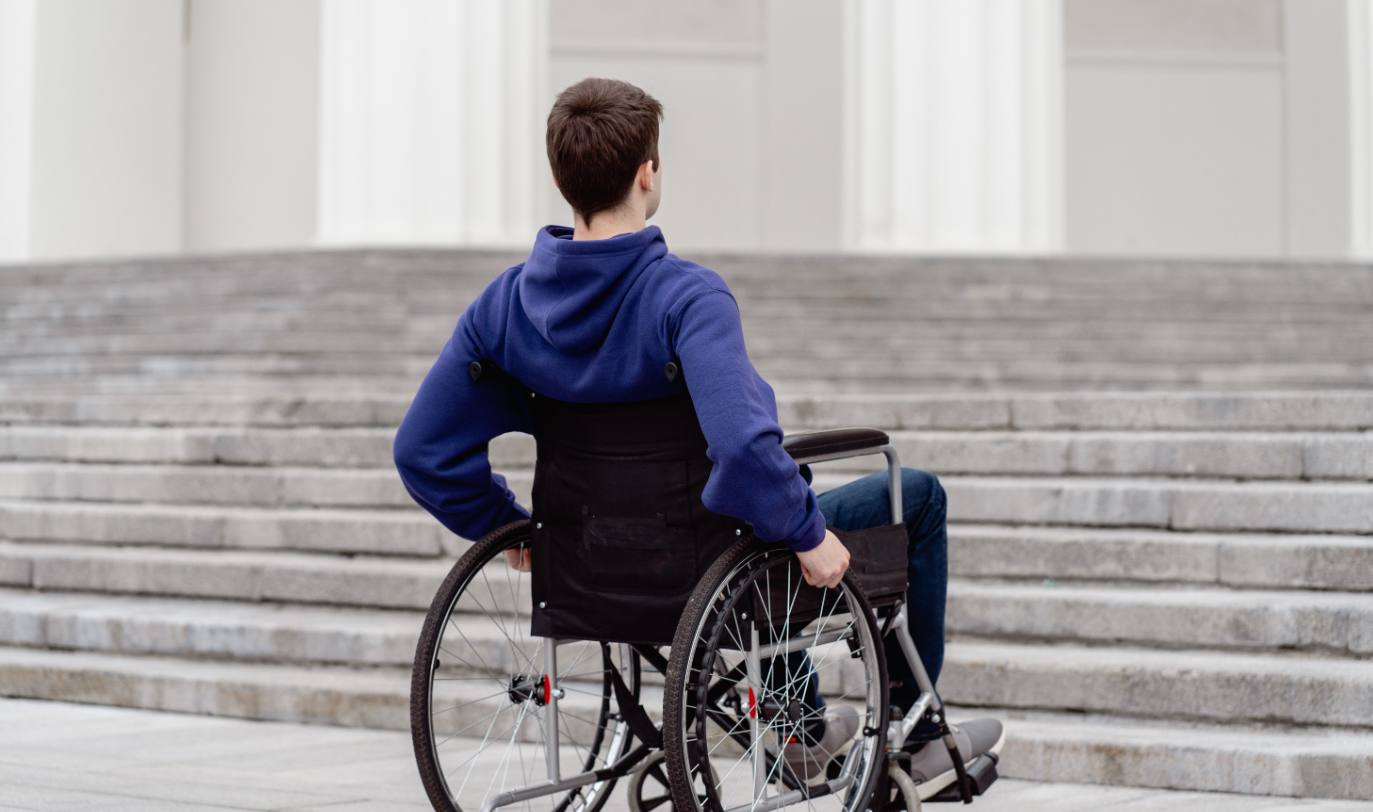Home Modifications for Accessibility: Improving Comfort and Safety

Home is where the heart is. It is where most people find comfort, security, and personal connection. For people with mobility challenges or a disability, however, the home may present some challenges as well. Entryways can be difficult to navigate. Stairs may be off limits. Bathrooms may lack features designed to reduce the risk of falls. Fortunately, home modifications for accessibility can allow individuals with mobility challenges to navigate their homes with ease and confidence. These modifications can make living spaces more accommodating for individuals desiring to age in place in their own homes.
In this article, we discuss the importance of accessible living modifications, the key areas to focus on, and some practical solutions to enhance accessibility.
The Importance of Home Modifications for Accessibility
Accessible living modifications are important for a variety of reasons:
- Increased independence: Home accessibility modifications enable individuals with disabilities or limited mobility to perform daily activities independently.
- Improved safety: Modifying the home to reduce the risk of falls and ensure smooth access to essential areas of the home can reduce accidents.
- Social inclusion: An accessible home ensures that people with reduced mobility can participate in social interaction in whatever room it takes place in the home.
- Aging in place: As the population ages, more people are opting to “age in place” rather than moving to a senior care facility. Home accessibility modifications can make this choice a reality, allowing older individuals to remain in their homes comfortably and safely.
- Increased property value: Making your home accessible can also boost its resale value. More homebuyers today are looking at accessibility features, which means these modifications can be an investment in your property.
Key Areas for Home Modifications
When it comes to making your home more accessible, several key areas should be looked at.
- Bathroom: The bathroom, due to the risk of slips and falls, is considered the most hazardous room in the house. A barrier-free shower or a walk-in bathtub are both safe alternatives to the traditional shower or bathtub. Additionally, a raised toilet seat assists with rising from and lowering onto the toilet seat. Installing grab bars near the toilet and in the shower or bathtub can also prevent slips and falls.
- Entrances and exits: A wheelchair ramp or a no-step entryway is essential for those with mobility challenges. Smaller changes like lever-style door handles, which are easier to use than traditional knobs, and proper lighting at entry points also increase the safety of these areas.
- Hallways and Doorways: Wider hallways and doorways make it easier to maneuver a wheelchair or walker. A minimum of 36 inches in width is recommended for doorways. While hallway width may not be easily changed in an existing home, this component of universal design could be considered for a new home build.
- Stair lifts and ramps: For multi-story homes, installing a stair lift or a vertical platform lift can be a game-changer in that they allow an individual with a mobility challenge to access varied levels of the home that previously were inaccessible. Ramps are an excellent solution for single-story homes and can also benefit individuals with difficulty navigating stairs.
- Flooring: If you rely on a wheelchair, consider replacing thick carpeting with smooth, slip-resistant flooring. This makes it easier to move the wheelchair around and reduces tripping hazards.
- Lighting: Adequate lighting is crucial. Well-placed, bright lighting can help those with visual impairments navigate their home more comfortably. Motion-activated lights can also be a great addition to prevent falls.
- Bedroom: Make sure there is enough space around the bed for a wheelchair or walker. Adjustable bed heights can also be beneficial.
Home modifications for accessibility are about improving the lives of individuals with limited mobility. By increasing independence, boosting safety, and even enhancing comfort,these modifications allow people to enjoy the comfort and security of their homes.
If you have any questions on how to make your living space more accessible for you or a loved one, contact us to help answer your questions.
